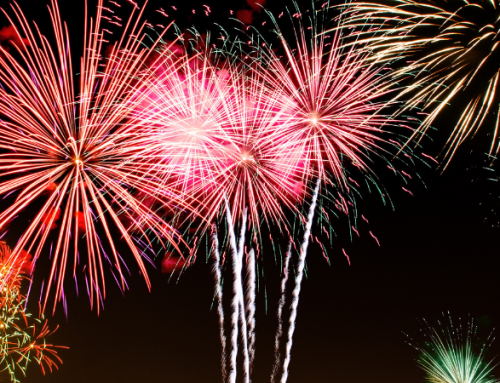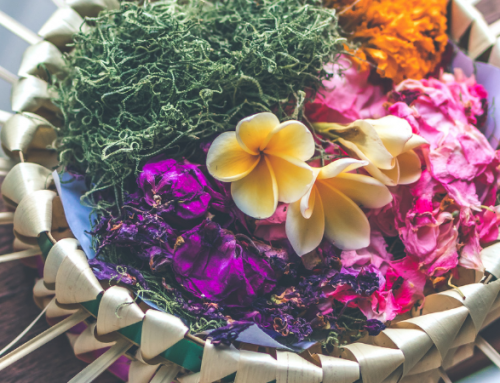Dharma and Duty
Generous friends took me with them in mid-February 2009 to New Delhi’s Siri Fort Auditorium for the concert commemorating the fiftieth anniversary of Dr. Martin Luther King’s visit to India. When during that evening the musical luminaries on stage launched into “We Shall Overcome” I gladly joined in, but in the Hindi version: “Ham Honge Kaamyaab.” As I sang I remembered three men with whom I associate that song: Dr King, Naseeruddin Shah, and my mentor, the Aghori Vimalananda.
In Sanskrit dharma literally means that which is established, firm. Often equated with religious creed or dogma, a human’s dharma is rather what he or she was born to do, for all dharma is ultimately sva-dharma, an individual’s personal path through existence. Dr. King was for instance born to help lead the United States toward freedom from racial discrimination. Though this may not have been his original life aim, each step he took along his way led him toward his tryst with his destiny. One of the most critical of his steps was his trip to India, and his exposure to Gandhiji’s dharma.
People follow their dharma when they follow the internal compass that directs their wanderings through the forest of the world, a GPS system generated for each of us by the pre-existing karmas that we bring with us into our embodied existences. When you act according to the dictates of your personal dharma Providence will assist you, even when (or especially when) your dharma puts you at odds with the conventions or prejudices of others. Attempt to cleave instead to a course that violates your intrinsic nature and you will find the world resisting your efforts. Dharmo rakshati rakshitah, says Manu: “Protected, dharma protects.” The less-often quoted second half of the verse goes on to add that, “Destroyed, dharma destroys.”
Life would be easier if a child appeared in the world with its dharma printed prominently on its brow. Since this is not the case, we each have to discover our particularized dharmas for ourselves. Ideally our parents, teachers, and guru study us carefully as we grow, and train us up in the way we should go, even if that way differs in significant details from the way of life that they follow; but that is only the ideal. In practice, most adults try to force children to follow the path that they themselves follow, whether or not that path is right for that child. Pursuing a dharma that is not your own may not seem injurious in the short run, but over the course of a lifetime it will inevitably damage you in some way. Lord Krishna emphasizes this when he tells Arjuna, Svadharme nidhanam sreshtam, paradharme bhayavavah: “it is better to follow your personal dharma even unto death; to live another’s dharma is to promote fear.”
Many individuals succumb to the pressure to conform, and fall into lockstep with their elders and peers; only a few dare to strike out boldly on their own, as did Vimalananda. Though born in Mumbai into a Gujarati Vaishnava community, Vimalananda refused to call himself a “Hindu,” pointing out rightly that that word appears nowhere in any sacred Sanskritic text. He rejected the concept of “Hinduism” as vehemently as he defended the concept of dharma. “Ekam sat; vipra bahuda vadanti!” he would thunder; “all paths lead ultimately to the same Supreme!”
“I do not believe in sampradaya,” Vimalananda would say, “in sects or sectarianism; I believe in sampradaha, complete incineration. Burn down everything within yourself that is getting in the way of your perception of Truth!” When pressed, he would describe himself as a “Vedic,” a devotee neither of Vedic ritualism nor of neo-Vedanta, but rather of the rishis themselves, whose tireless penances enabled them to receive the Vedic hymns via direct perception of divine reality. Vimalananda would tell those who came to him for guidance to “carve out your own niche,” to determine for themselves which path to God works best for them, and to move though the world accordingly. In his own life Vimalananda used his inborn guidebook to navigate the vicissitudes of mundane reality, staying on the course he knew to be right for him despite persistent disapproval from others.
Following your dharma will eventually provide ample rewards, but it may not make your life any easier; in fact, it may make your life much more difficult. Trying to satisfy his father’s cravings, Bhishma Pitamaha swore a vow whose unintended consequences included the creation of the sibling rivalry that terminated in the great war of the Mahabharata, during which he was himself slain. Incited by Krishna to protect himself and his kin, Yudhisthira deliberately misled his own guru to help Dhrishtadyumna perform guruhatya, the worst of the mahapatakas. Suryaputra Karna, though he well knew the extent to which Duryodhana followed the wrongful path of adharma, could no more desert his friend than the sun could refuse to shine. Karna knew that he would fight his brothers by blood, and died because he remained true to the only man who treated him like a brother.
Heroes like Karna are prepared to die in the performance of their perceived duty rather than turn away from that duty just to preserve their lives. Mexican revolutionary Emiliano Zapata put it this way: “I prefer to die on my feet than to live on my knees.” Terrorists surely believe themselves to be doing their duty, but mere conviction is not dharma, for terrorism involves sacrificing the lives of hated others, and dharma sometimes requires its followers to sacrifice themselves or their loved ones. Like Nargis in Mother India, gunning down her own son to prevent him from descending further into adharma, Bharata Mata cannot tolerate adharma in any of her children, be they “Hindu,” Muslim, Christian, Sikh, Jain, Parsi, Jew, Bahai, animist or other, particularly when that unrighteousness is cloaked in the name of religion. The mill of karma grinds slowly, but grinds extremely fine; truth will most certainly triumph, however long it may take (and it may take decades, or centuries): satyam eva jayate.
As a youngster I learned to sing “We Shall Overcome” as I watched Dr. Martin Luther King march for freedom; but that song really only came alive for me when I listened to it sung as “Ham Honge Kaamyaab” in the final scene of the movie Albert Pinto ko Gussa Kyon Ata Hai? The image of Naseeruddin Shah standing tall, knowing the heavy price he will have to pay for his stand, and ready to pay it, has stayed with me over the years as a true representation of India’s fundamental philosophy: the search for one’s own path through life, and the resolve to follow that path come what may. Cleave to your path, and eventually you too will, indeed, triumph.
Copyright © 2009
Robert Edwin Svoboda
(first published in The Times of India)


